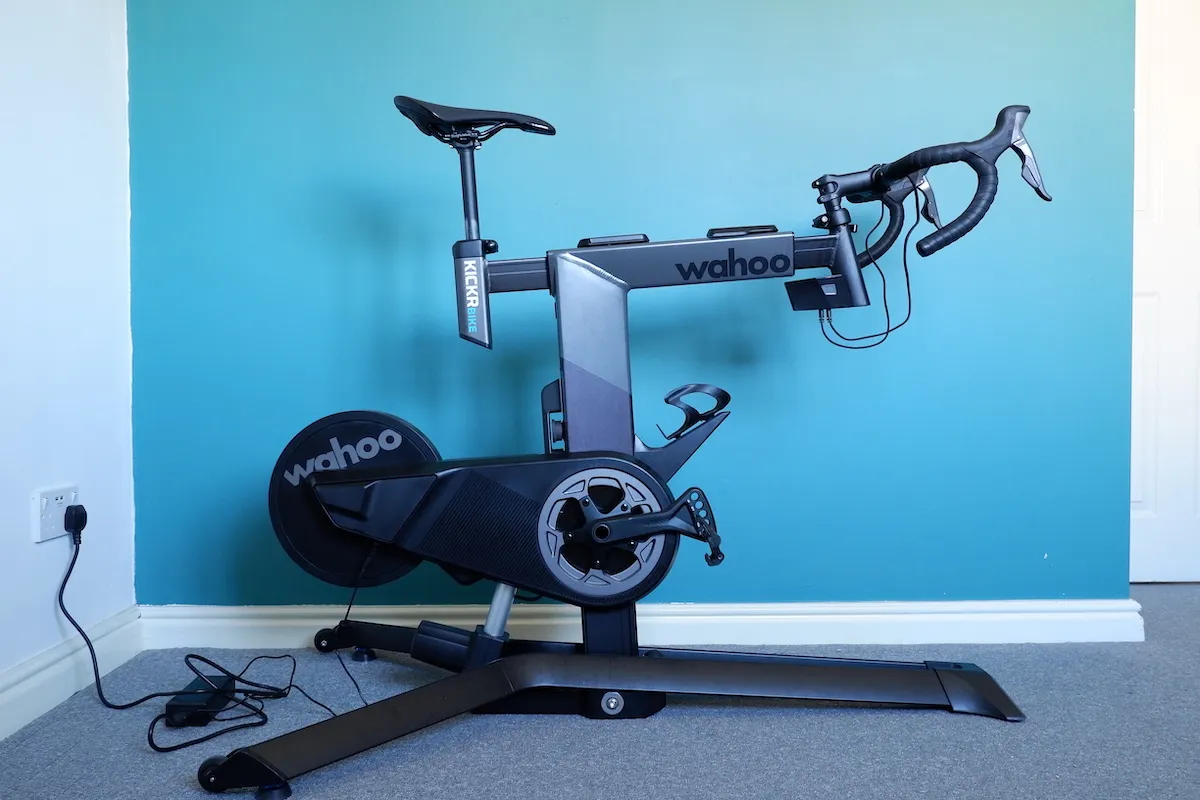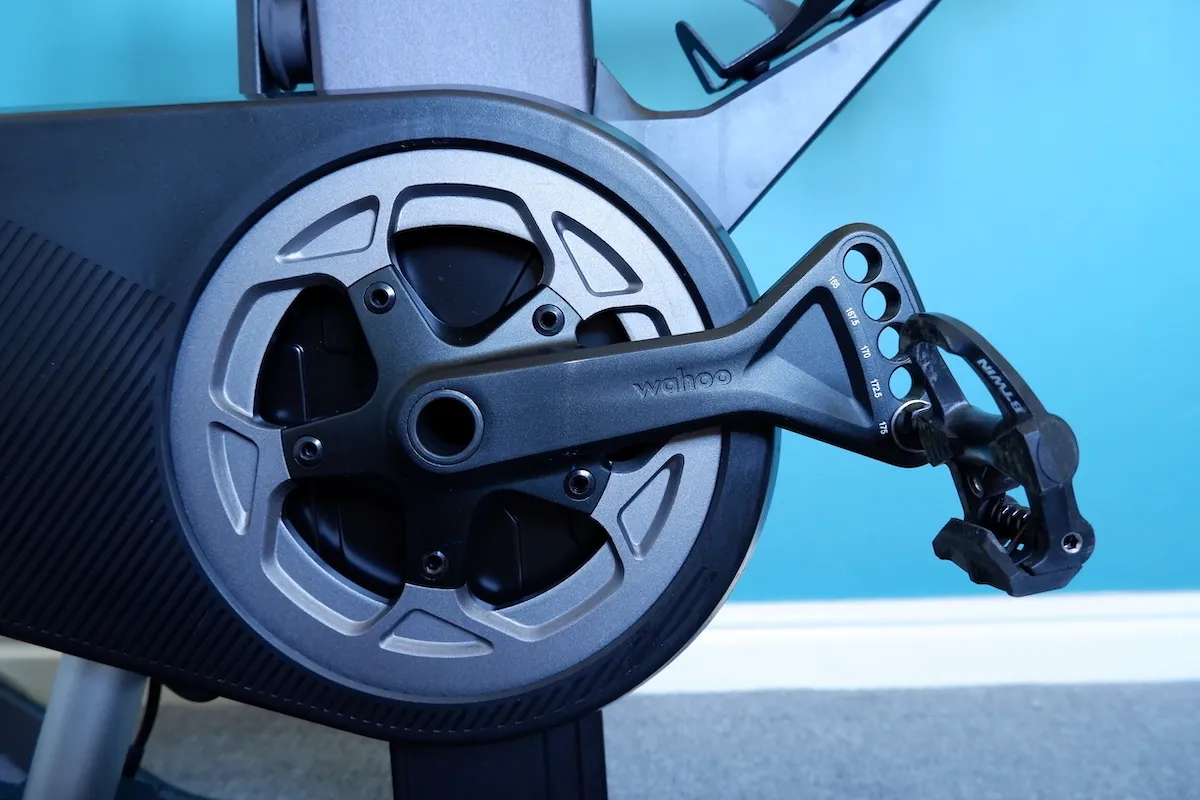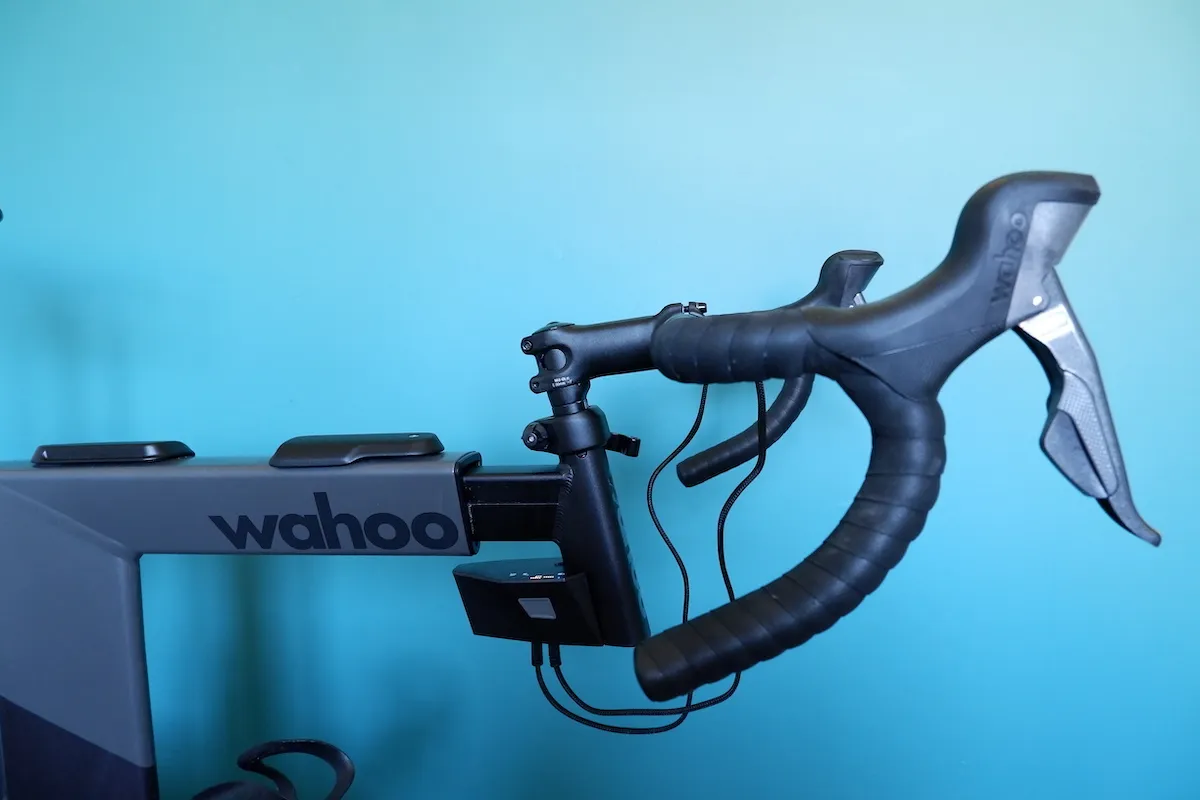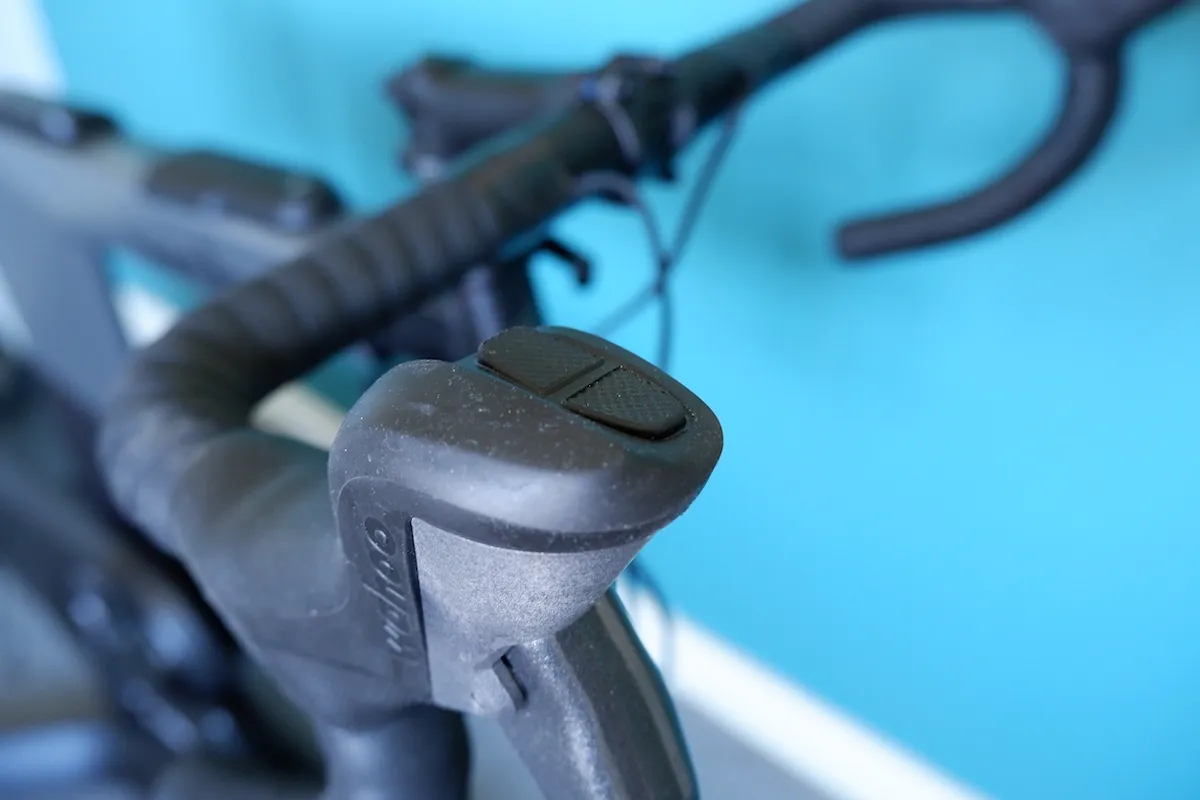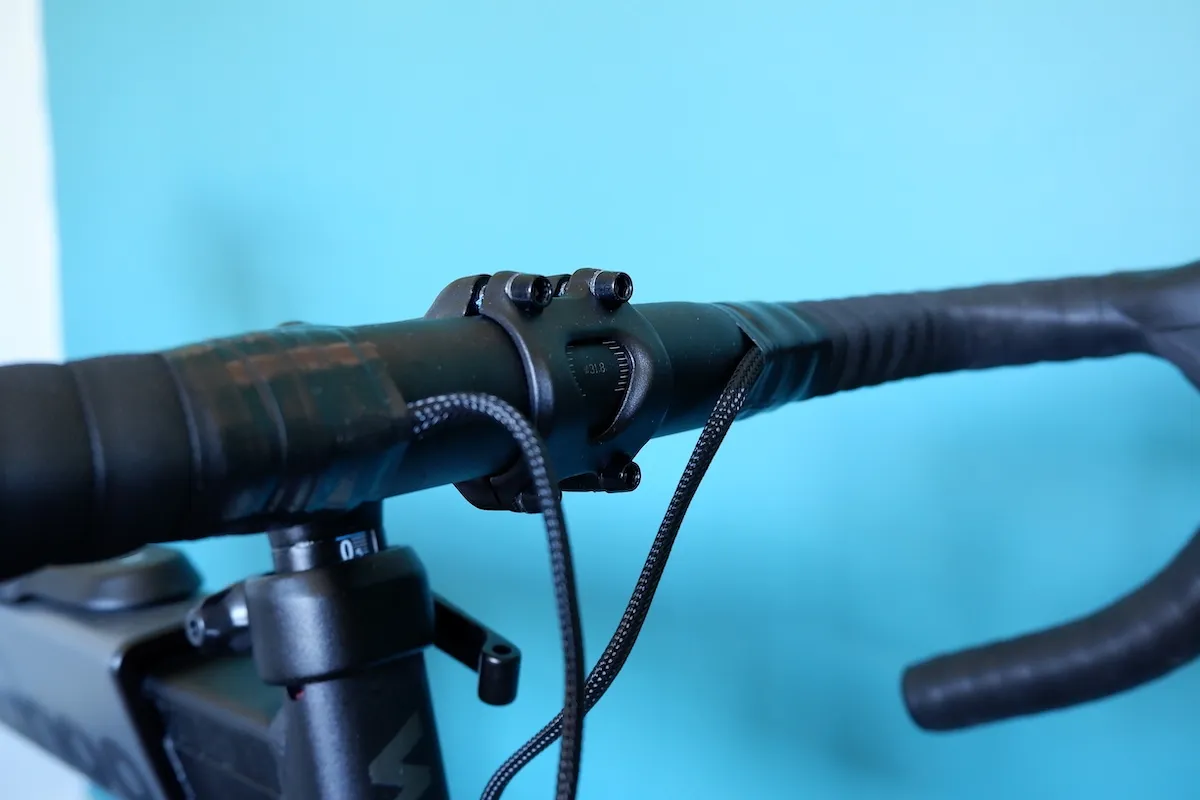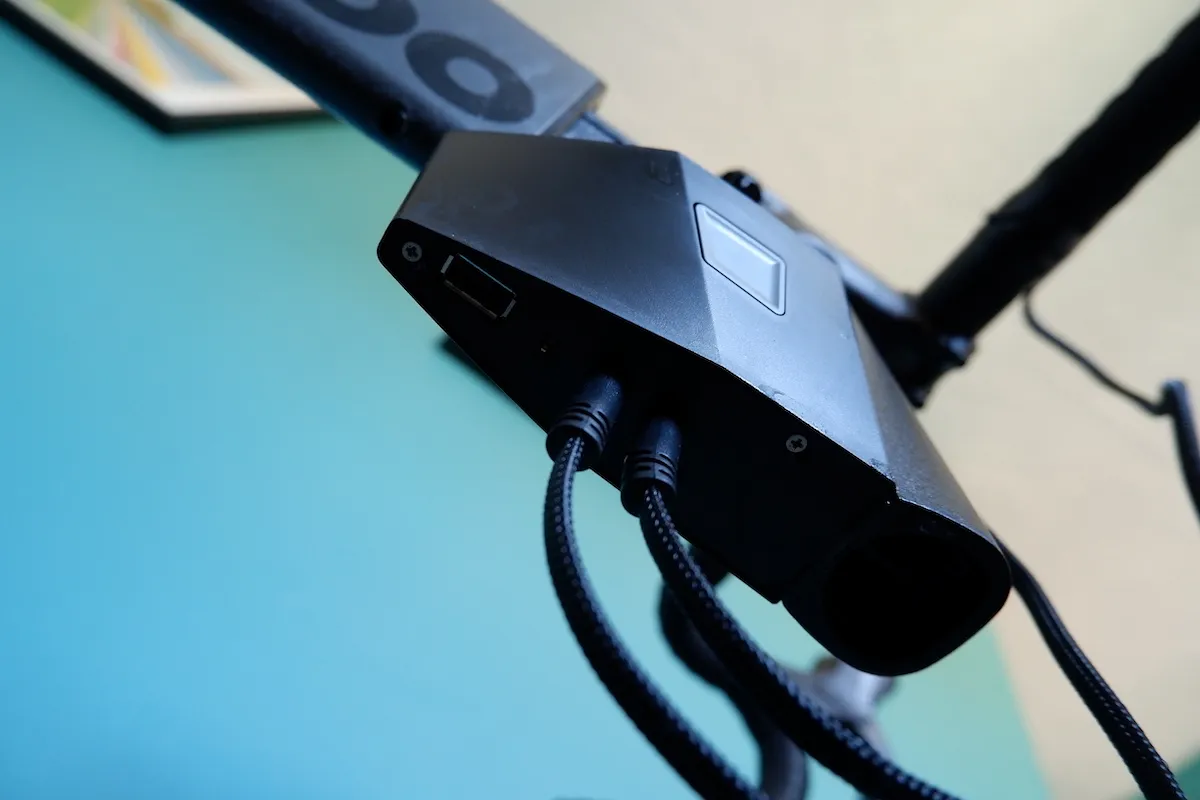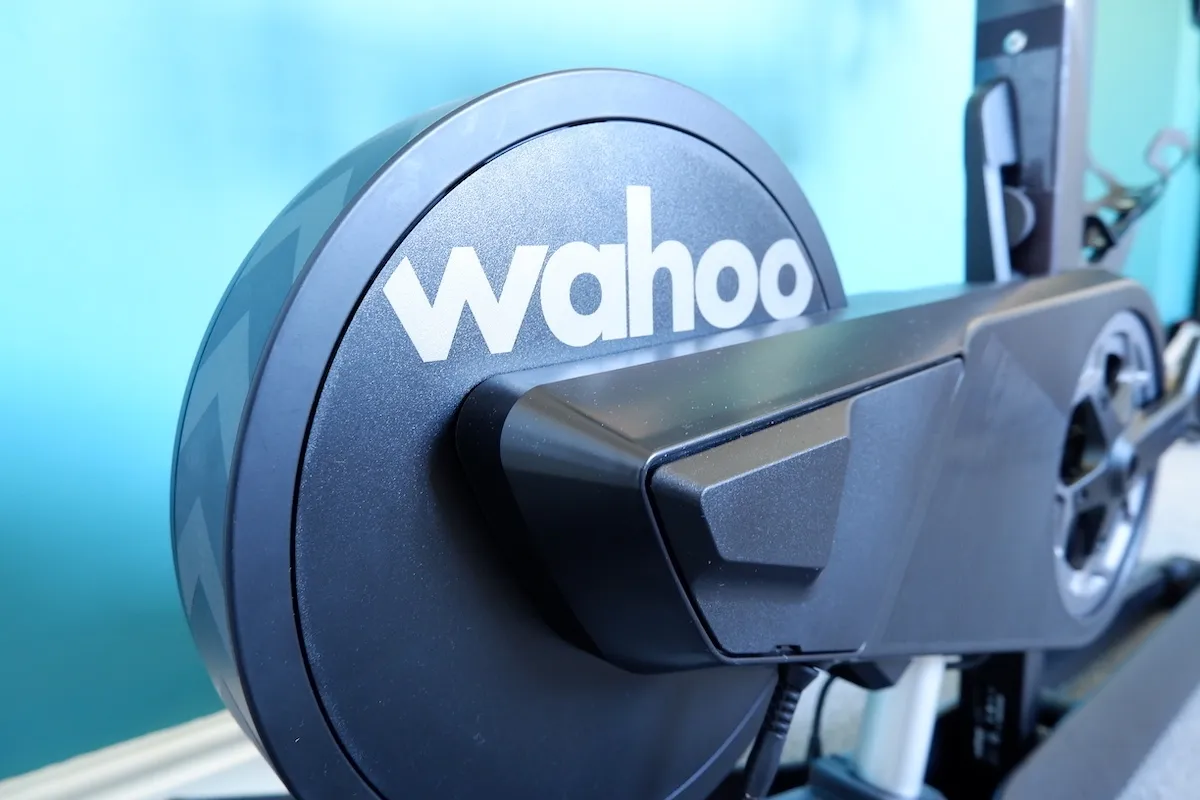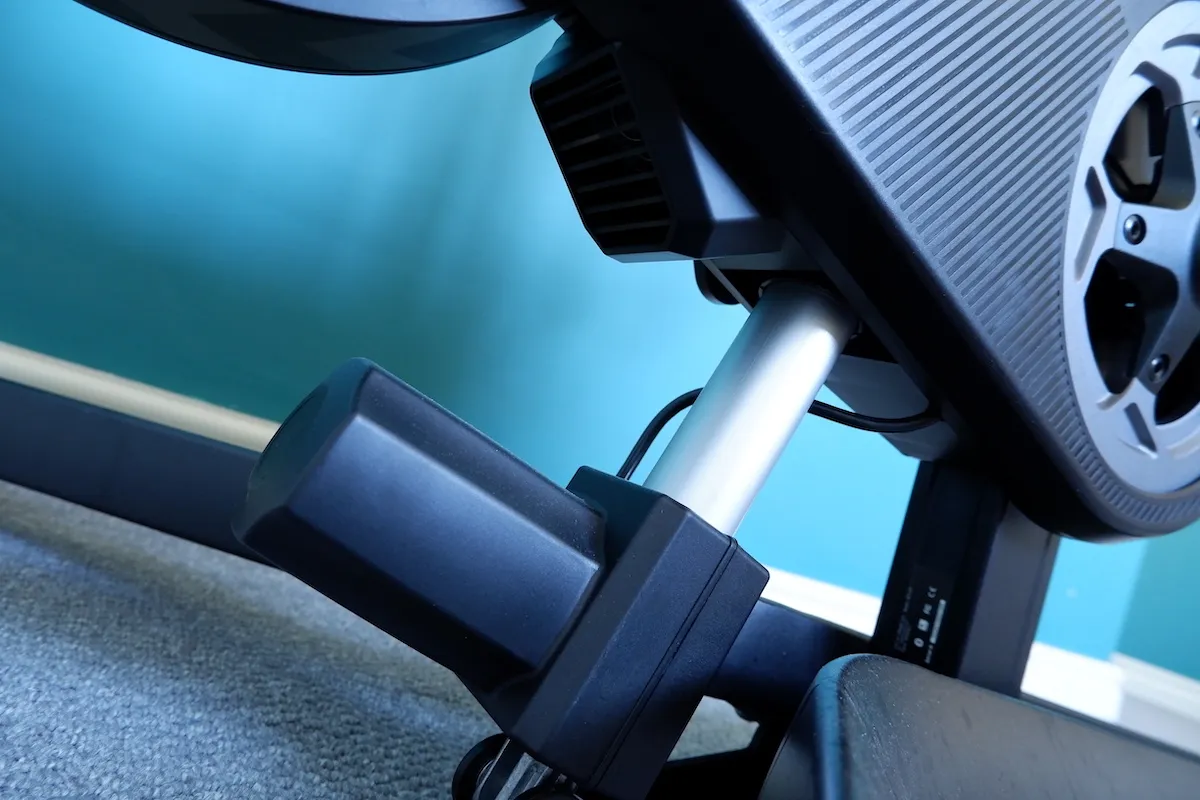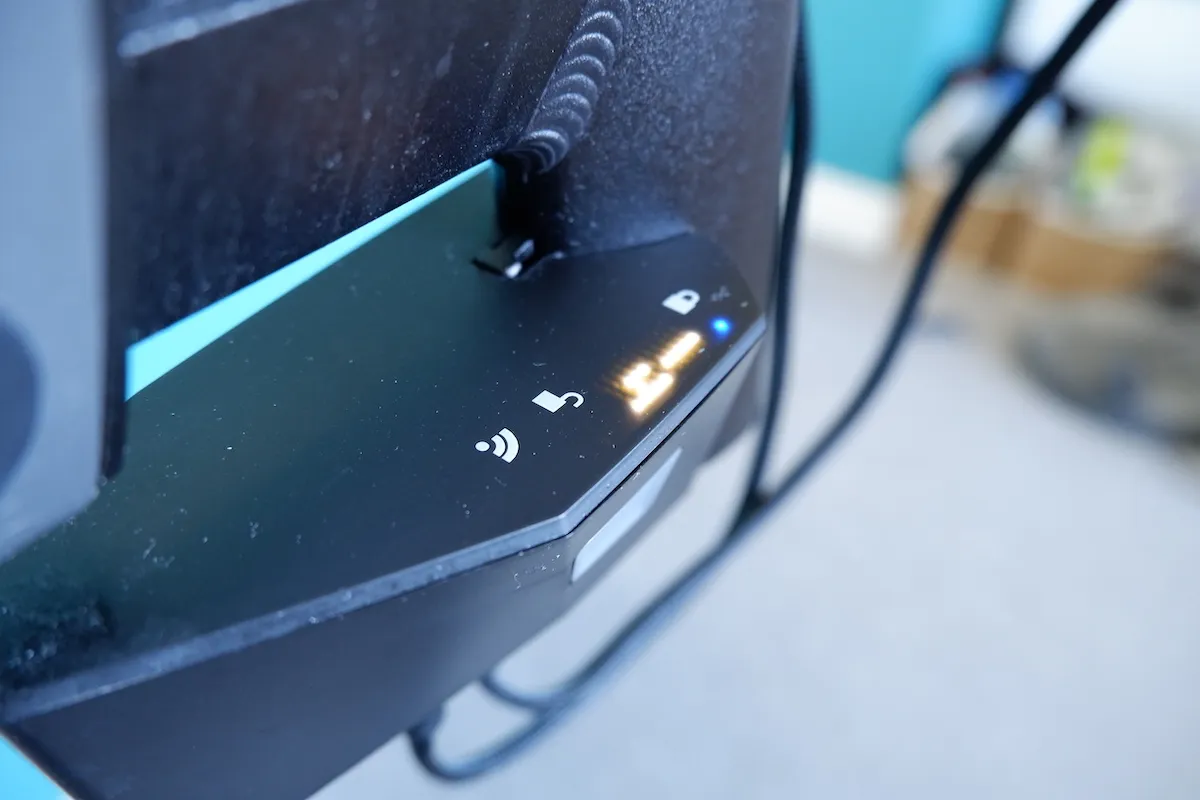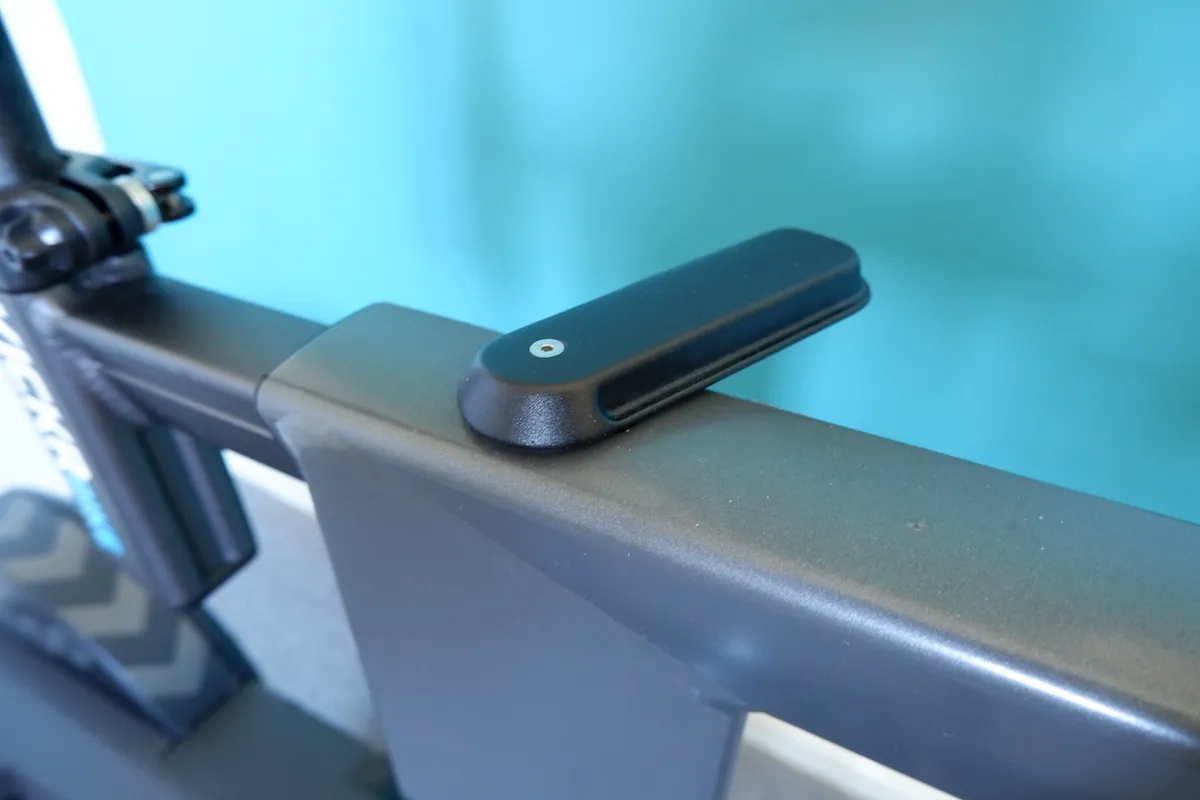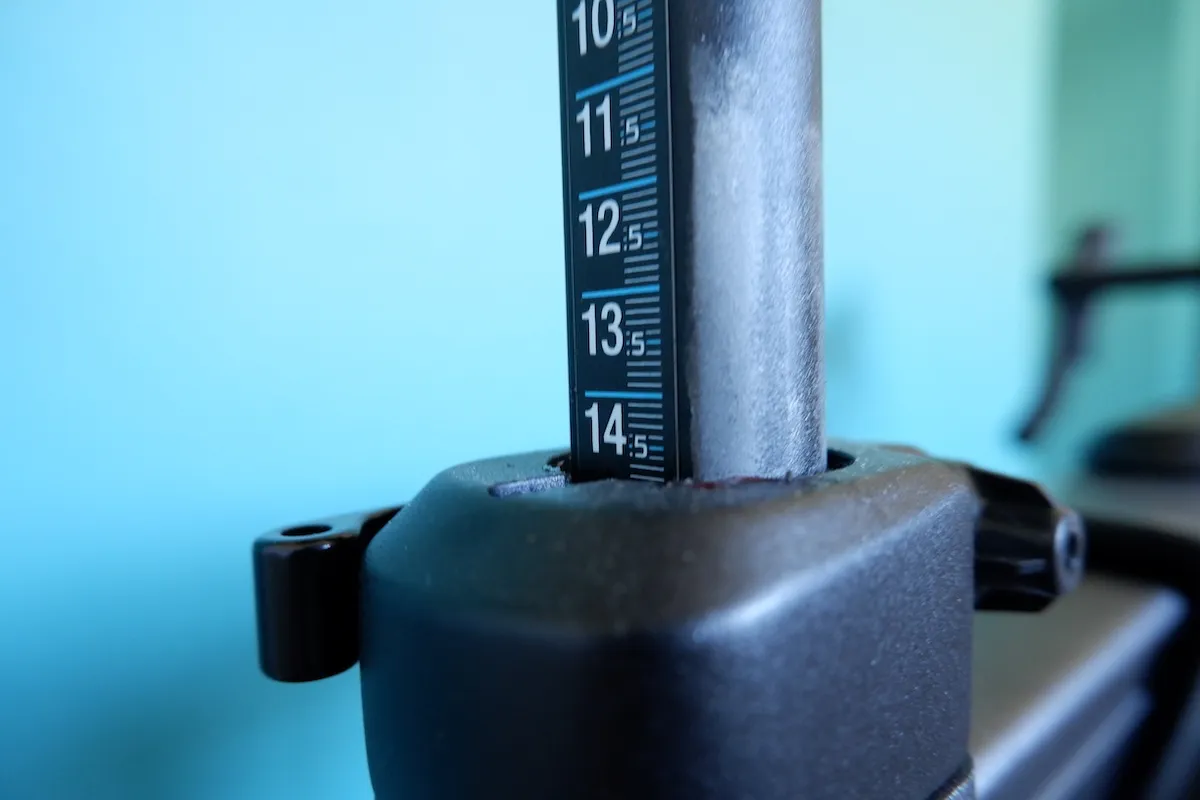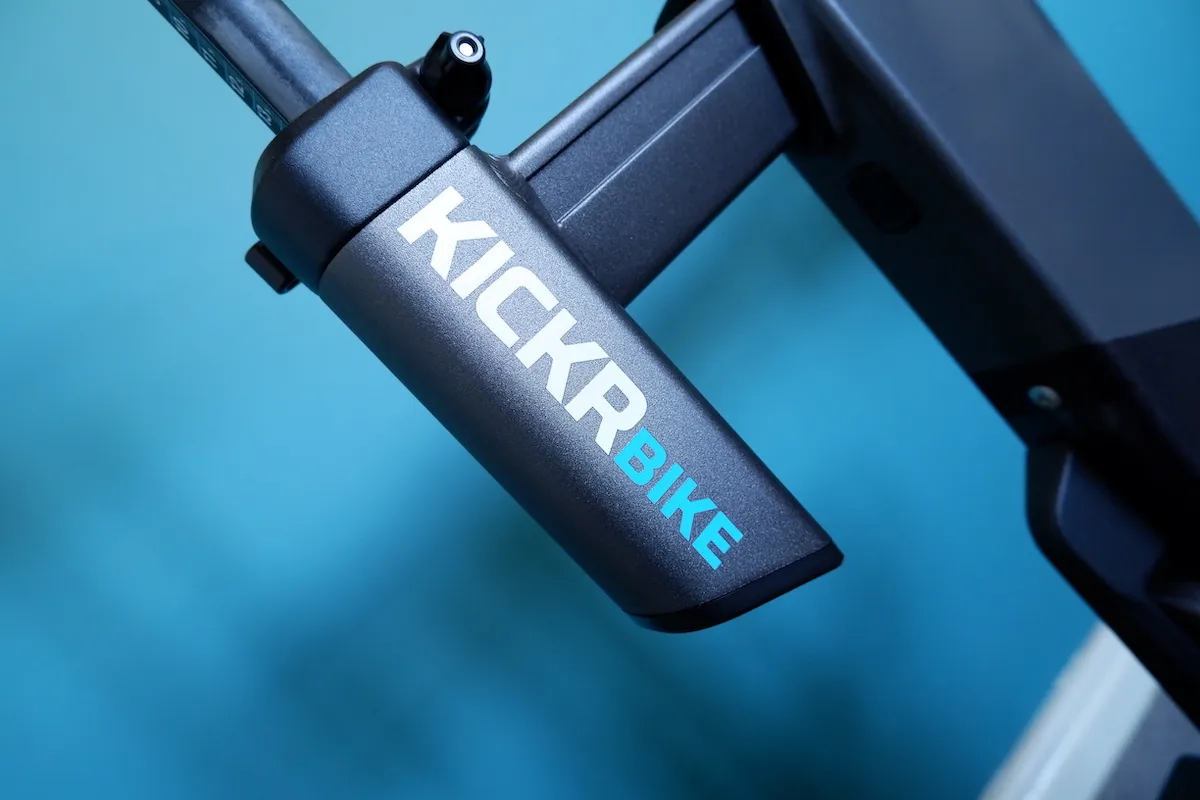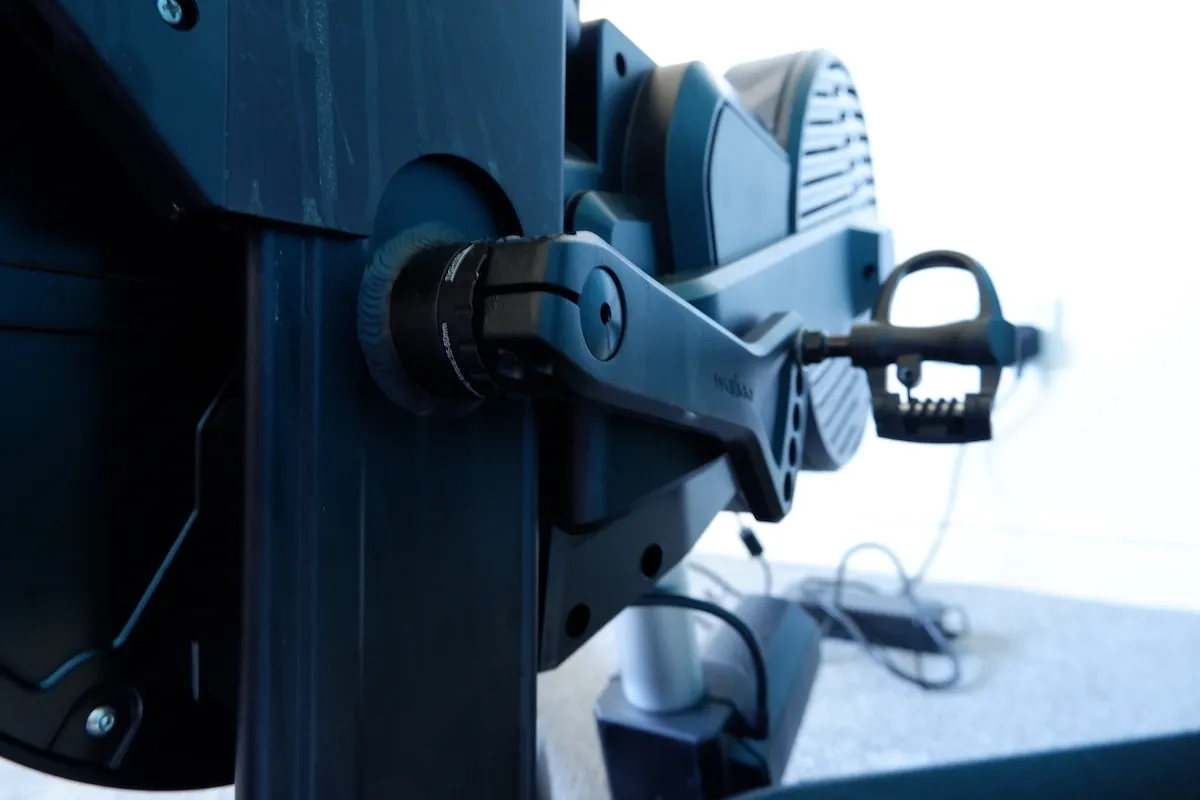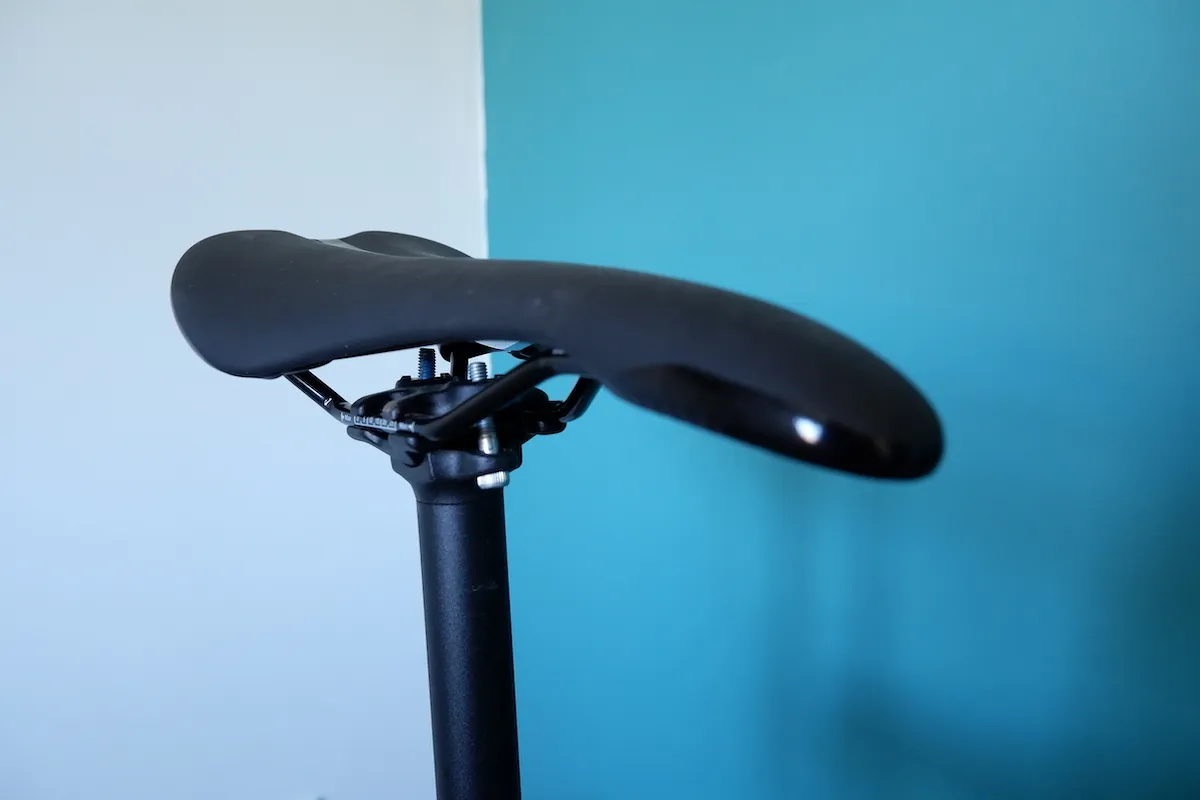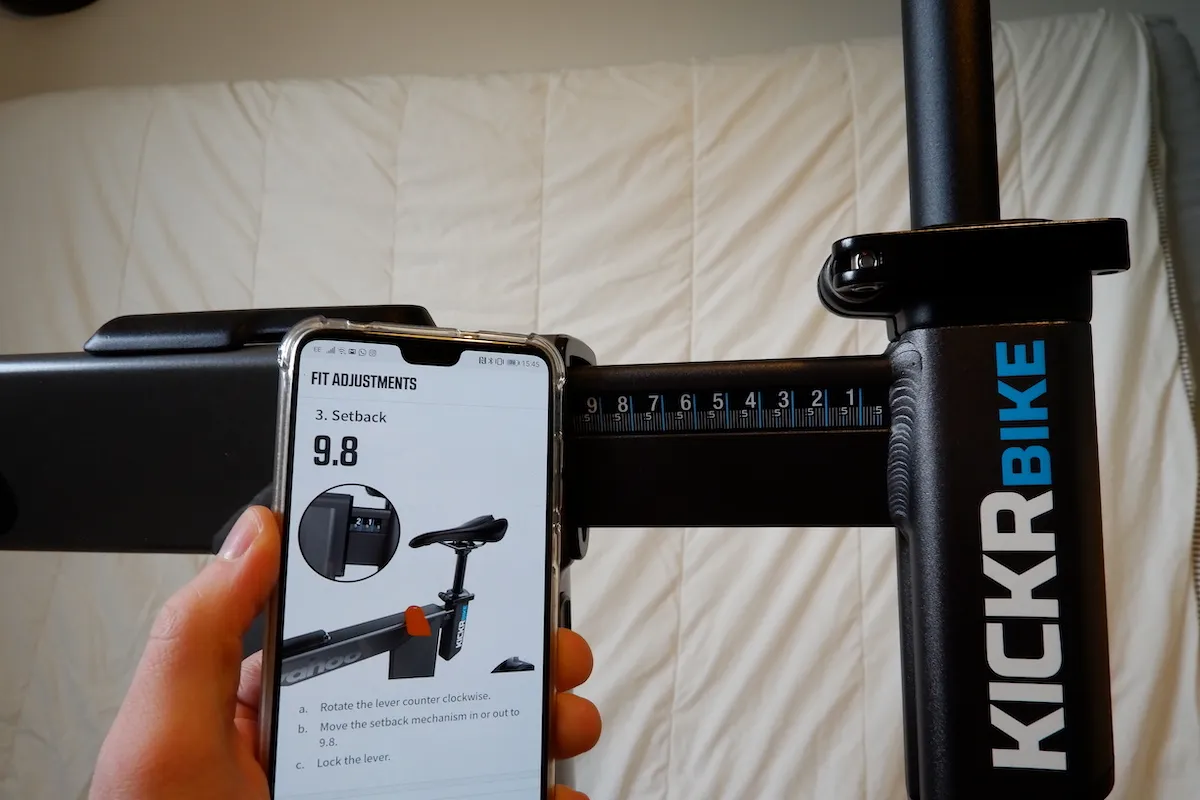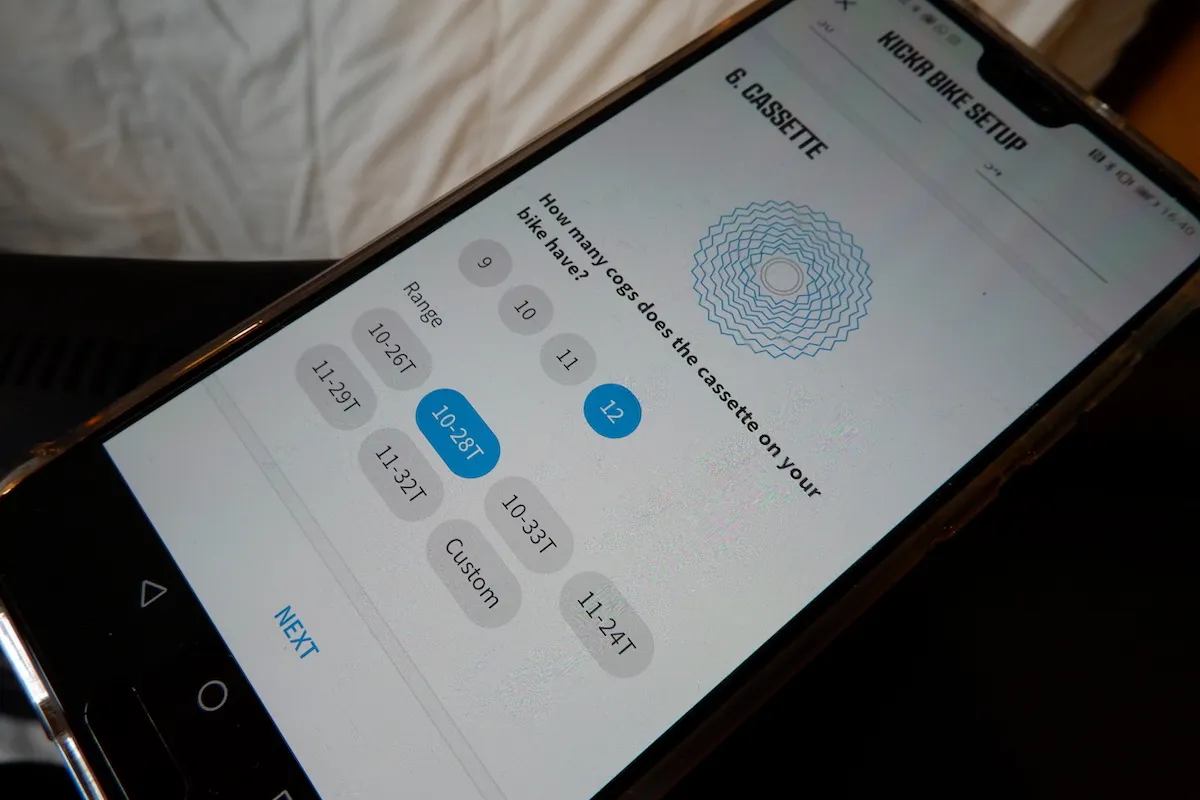Update 10/06/20: We have now published our full review of the Wahoo Kickr Bike
Welcome to Bike of the Week, our weekly in-depth first look at one of the most interesting bikes to land at BikeRadar HQ.
If you’re reading this in the future, well, we’re glad there’s a future! Also, you might notice that this bike, the Wahoo Kickr Bike hasn’t been beautifully shot out in the wild like our previous editions of Bike of the Week, but in one of our tech editor’s spare bedrooms.
Yes, we’re in the Covid-19 lockdown, and because of that, this week’s Bike of the Week is the Kickr Bike – Wahoo's new smart bike.
- What is a smart bike? Everything you need to know
- Best indoor cycling apps compared: which training app should you use?
Understandably, indoor bikes and turbo trainers are in high-demand these days, with restrictions on movement in place, and training apps like Zwift, TrainerRoad and The Sufferfest are encouraging more riders to take indoor cycling seriously.
No longer is an hour's slog on the turbo a solo-mission into the depths of one’s own pain cave – that misery can be shared with others, in a virtual world. Dedicated smart bikes like the Kickr Bike aim to take that immersive experience to the next level.
We've got the Kickr Bike in to test, so watch out for a full review on BikeRadar, but before we delve deep into the pain cave, let's take a closer look at the Kickr Bike's features and setup.
Wahoo Kickr Bike features
The Kickr Bike, which we first saw at Eurobike in 2019 and set to be available in the UK from May, is one of the more technologically advanced indoor bikes out there, with a raft of rather cool features.
The most noticeable has to be its grade simulation technology.
As you'd expect from any smart trainer or smart bike, the Kickr Bike is capable of automatically controlling resistance, whether that's an interval during a training session or to replicate the difficultly of a climb when paired with a training app.
However, when you ride a virtual climb or descent using software such as Zwift (the Kickr Bike has Bluetooth and ANT+ connectivity), the whole bike tips forwards or backwards in real-time to mimic the gradient of the road up to a 20-degree climb, or 15-degree descent.
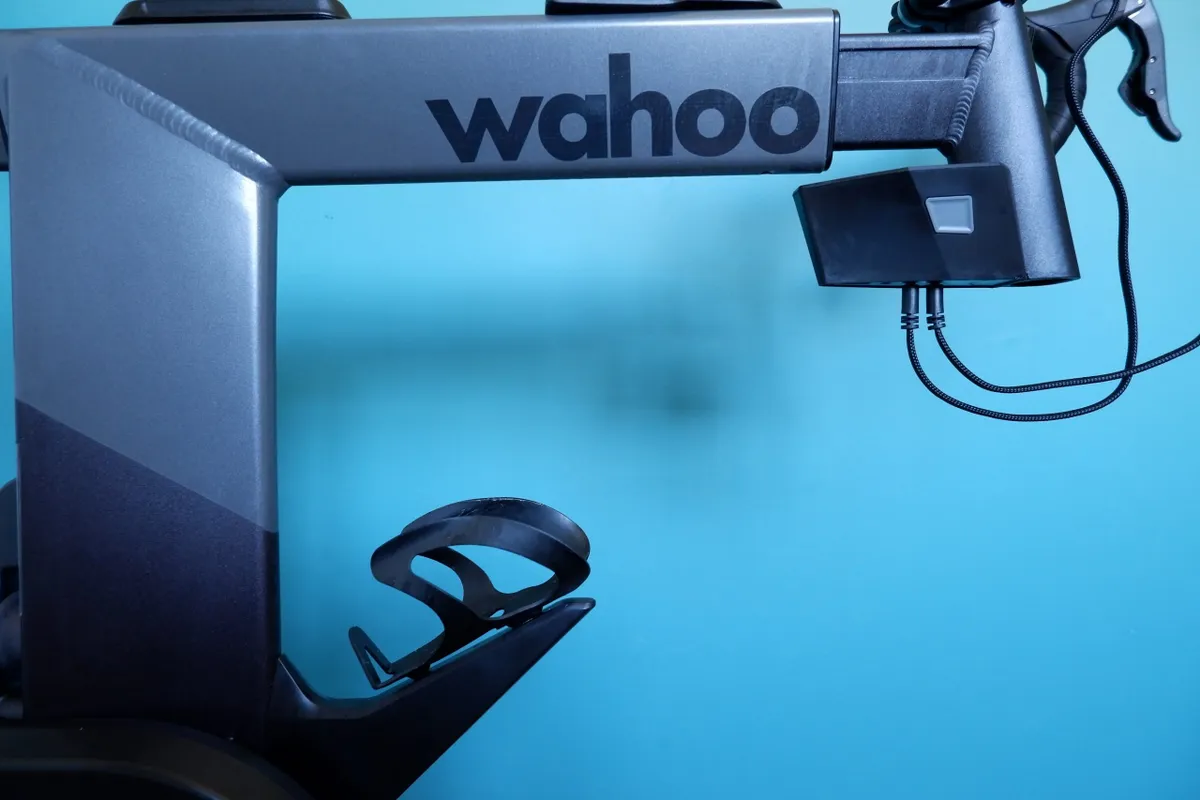
Furthermore, the brake levers actually work – both in reality and in the software.
The flywheel also has a motor, to drive your speed on descents, but should you wish to stop, haul on the brake levers and the whole shebang decelerates to a standstill, and relatively realistically via a motorised brake.
What is Bike of the Week?
Every Tuesday, we’ll bring you a detailed first look at one of the latest bikes to arrive for review – from road to commuting, gravel to enduro, and anything in between.
This is our chance to introduce the bike and everything that makes it unique before hitting the road or trails (or bedroom/garage).
The drivetrain itself is based around a belt-drive system, which Wahoo says is nice and quiet, and drives a 5.9kg (13lbs) electromagnetic flywheel.
As you might expect, the Kickr Bike comes with an integrated power-meter system, with a claimed accuracy of 1 per cent. The bike can provide up to 2,200 watts of resistance.
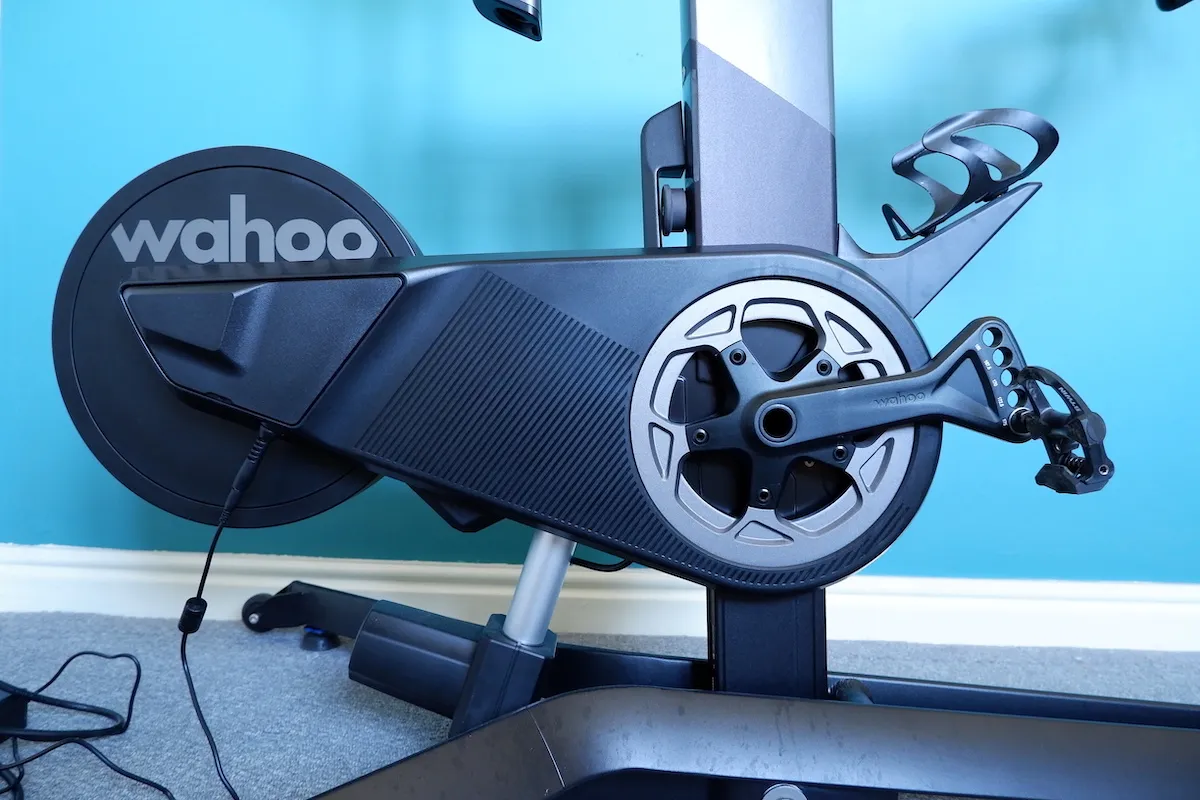
Wahoo Kickr Bike customisation
The levers include a number of shift buttons that can be customised from the Kickr Bike's app during setup. There’s the option to fully customise how the gears work, so they match your regular ride.
These buttons allow the shifters to mimic Shimano (including Synchro Shift), SRAM (including eTap) and Campagnolo shifting, while the app allows full gear-ratio customisation too – from chainrings to cassettes.
Gear selection is displayed on a small control panel at the front of the top tube, where there’s also a USB charging port. Convenient if you're using your smartphone or tablet to run a training app or stream a movie while using the bike.
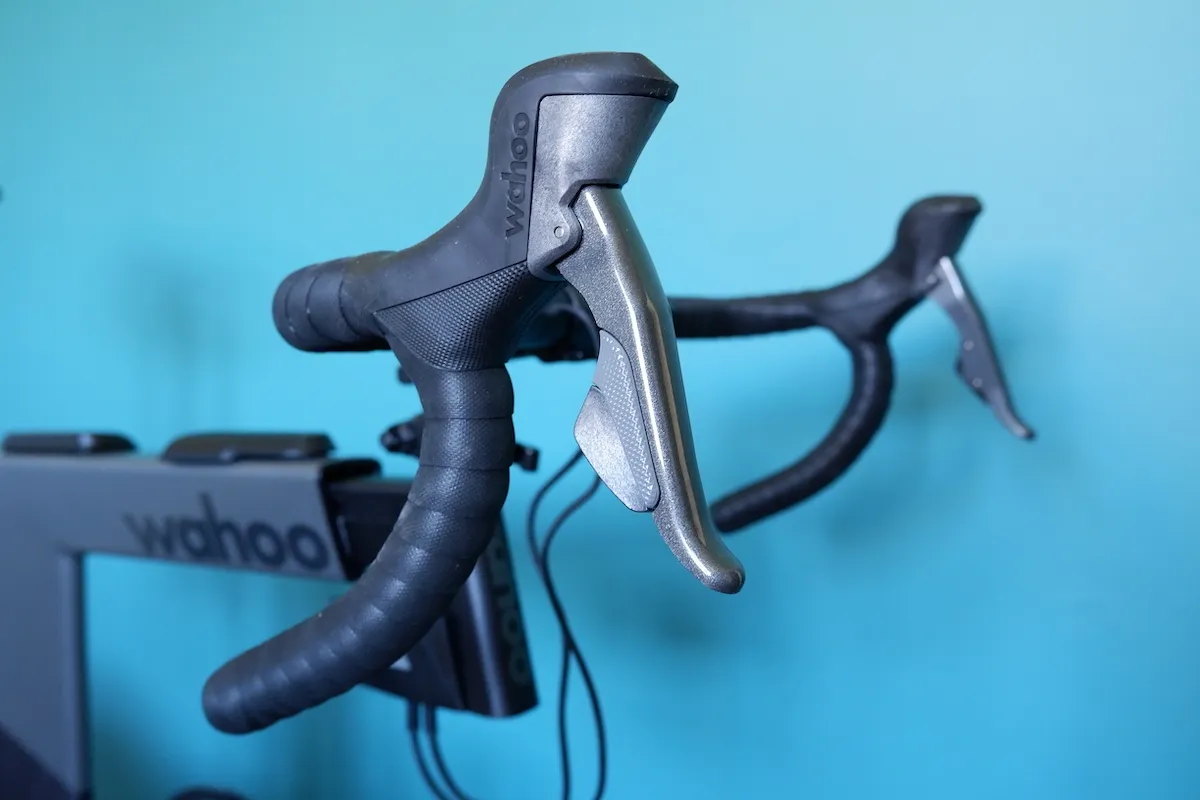
Wahoo Kickr Bike fit
Wahoo says the Kickr Bike is suitable for riders from 5ft to 6ft 4in and the frame offers five main points of adjustment: standover height, saddle height, saddle setback, reach and stack height.
You can also adjust your crank length (165/167.5/170/172.5/175mm) by threading your pedals into the appropriate hole on the crank.
When it comes to making sure the Wahoo Kickr Bike fits you properly, there’s a very handy and, for a technophobe like me, simple app to help.
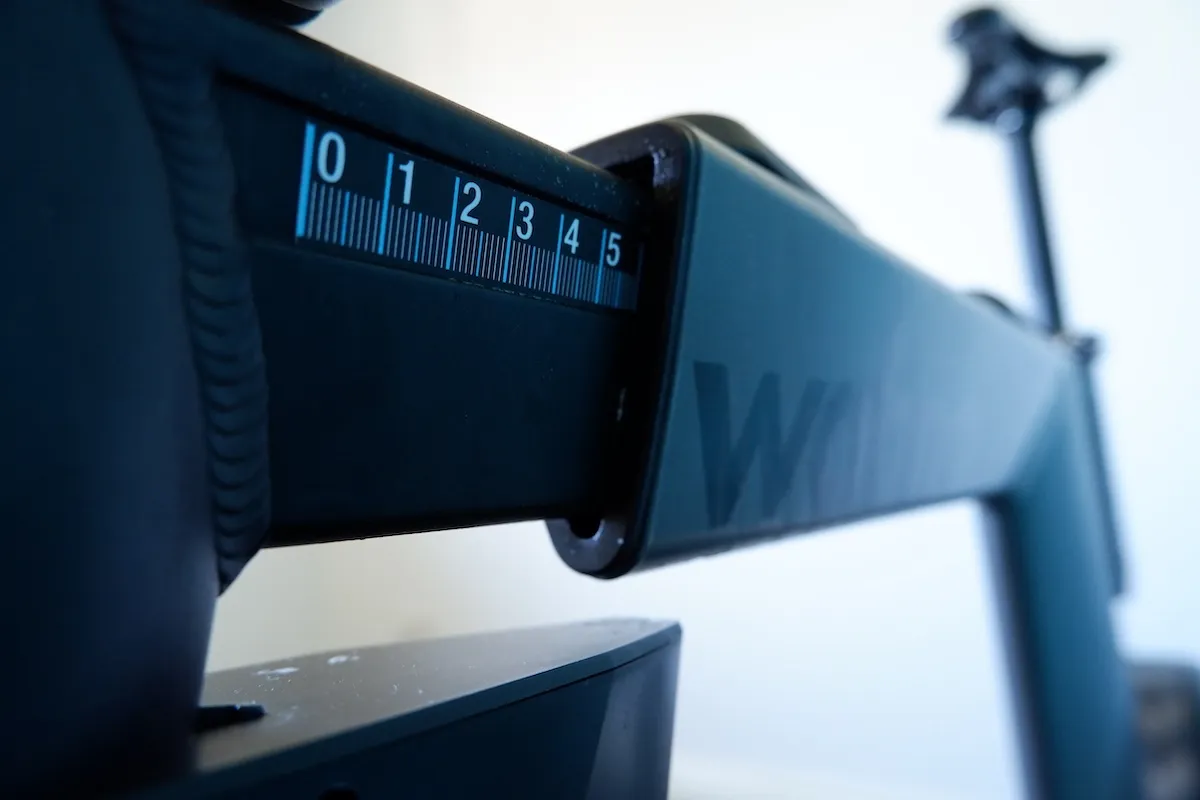
You can put your preferred ride position/style and body measurements into the app, which will then suggest your setup (each component has measurements marked on it for reference).
Alternatively, data from the most common bike-fit systems (Trek, GURU and Retül) can be uploaded to the app, which then tells you how to set up the bike.

The third way is super-smart, though. In the app you can take a picture of the bike you want to base the fit on and then, via a series of specific spots pinpointed on the picture, the app tells you the measurements needed on the Kickr Bike.
Very simple and, in my experience from setup, effective in providing a decent match to my regular fit.
Finishing off the bike are a standard Wahoo-branded saddle and handlebar, though you can fit your own if you wish.
Building the Kickr Bike out of the box has proven easy enough – though is it heavy (a claimed 42kg / 93lbs in total) – so now it's time to ride it.
Wahoo Kickr Bike specification
- Frame: Steel and aluminium frame with five points of adjustment
- Groupset: Customisable gearing, Shimano, SRAM or Campagnolo shifting, mechanical or electronic
- Brakes: Physical and virtual braking
- Flywheel: 5.9kg (13lbs) electromagnetic flywheel
- Controlled resistance: Yes
- Power measurement: Single-sided, claimed accuracy 1 per cent
- Maximum wattage: 2,200 watts
- Maximum simulated ascent/decent: +20 per cent, -15 per cent
- Connectivity: ANT+, ANT+ FE-C, Bluetooth Low Energy
- Device compatability: iOS, Android and PC (Mac and Windows)
- Cockpit: Stock Wahoo aluminium handlebar and tape
- Saddle: Wahoo Velo
- Claimed weight: 42kg (93lbs)
- Price: £3,099 / $3,500 / €3,300

